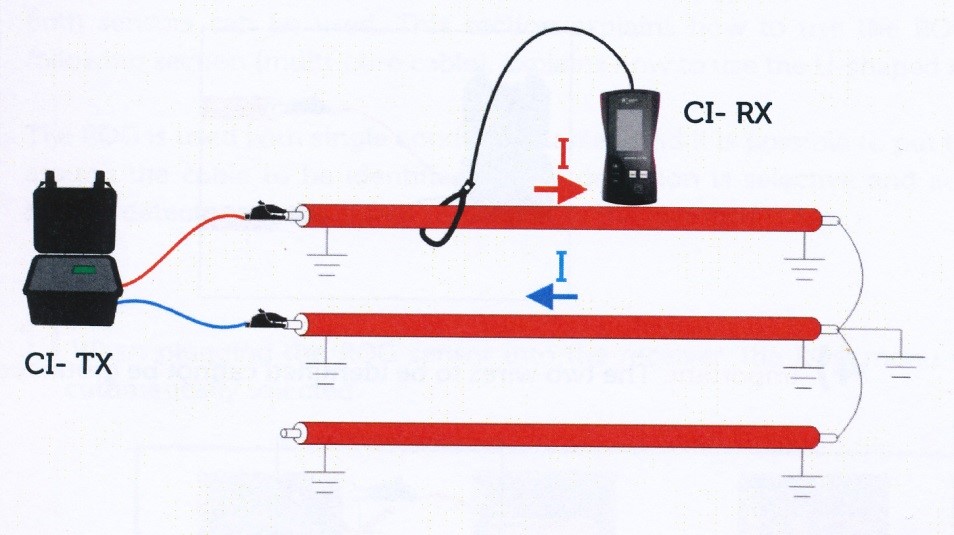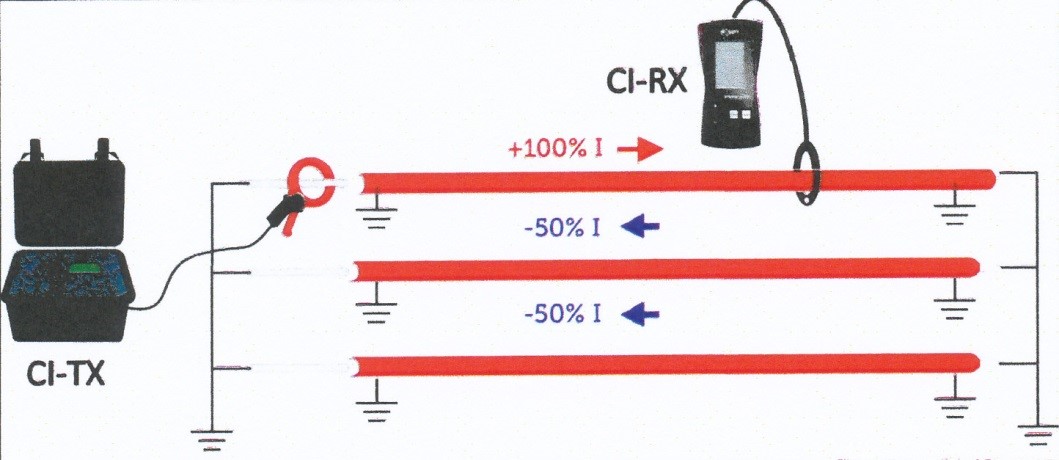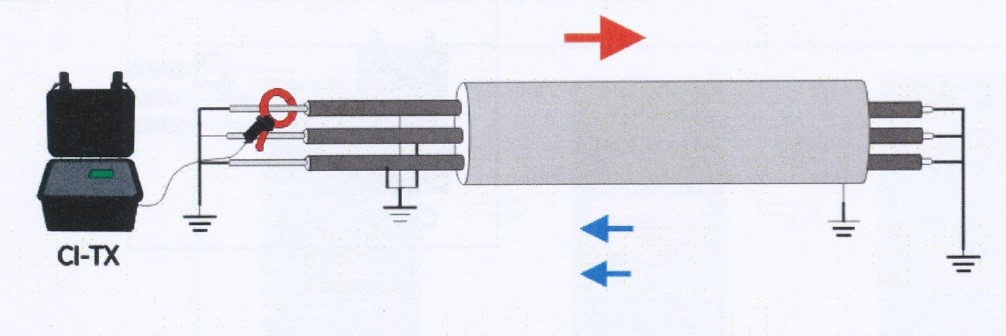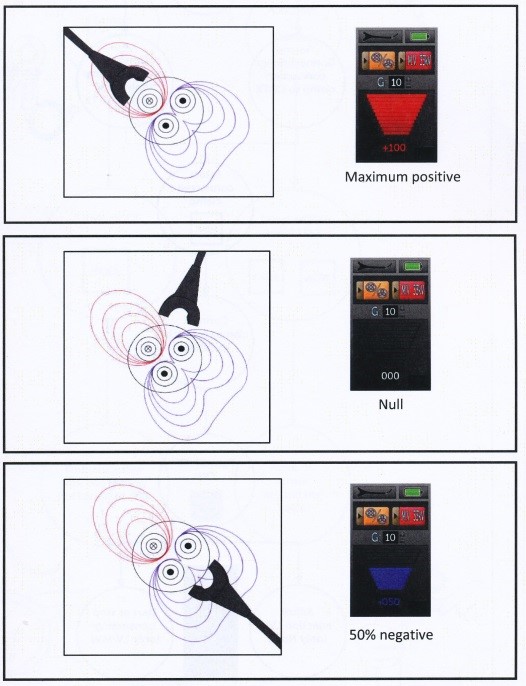CABLE IDENTIFICATION
If you are intending to cut a cable, particularly a high voltage cable, it is imperative to be 100% sure it is right cable and the de-energised cable otherwise the result may be catastrophic!
Cable Identification or Location?
Cable Identification is often confused with cable location.
Cable identification is positively proving that the two ends of a cable actually belong to the same cable, particularly when there are multiple cables in a trench or pit.
Cable location is determining if a cable lies beneath where you plan to dig or the precise route of where a cable lies
Cable identification must be unambiguous because the consequences of cutting a live cable or disconnecting or connecting the wrong cable can have significant effects on safety and network performance.
There are many applications for positive cable identification including:
- Isolating a particular cable from a group of live and dead cables to be the one to cut,
- Identifying if a live cable is originates from where it is thought to,
- Ensuring that a customer dependent on continuous supply for life support is not accidentally disconnected during routine maintenance.
There are many cable identifiers able to identify de-energised cables but few can positively identify live cables!
The Ariadna CI can positively identify both live and de-energised HV and LV cables.
Identifying Live Cables
In live mode the Ariadna CI works by drawing a current with a unique signature from the mains which can be detected upstream even on the HV side of a transformer. Detection is by either a Rogowski coil for single core cables or a search coil for multi-core cables.
Live cables can be identified anywhere up-stream from where the transmitter is connected on the LV cable. In the example above the cable is identified on the MV side of the MV/LV transformer
Identifying De-energised Cables
In de-energised mode a signal can be either directly injected on a cable which is earthed at the far end or induced into a cable which is earthed at both ends. Detection with either a Rogowski coil or search coil is the same as for an energised cable.
Provided polarities of the Rogowski or search coils are observed, the phases can also be identified.
Identifying de-energised single core cables with direct connection and Rogowski coil detection
Identifying de-energised and earthed single core cables by induction and Rogowski coil detection
The search coil is moved around the cable being identified.
When over the core on which the signal is induced a maximum red signal is displayed
When between cores a null signal is displayed
When over either of the other cores a 50% Blue signal is displayed
These displays can only appear when the correct cable is scanned.
The Adriana cable identification instruments are exclusively distributed across Australia and New Zealand by Pacific Test Equipment.





